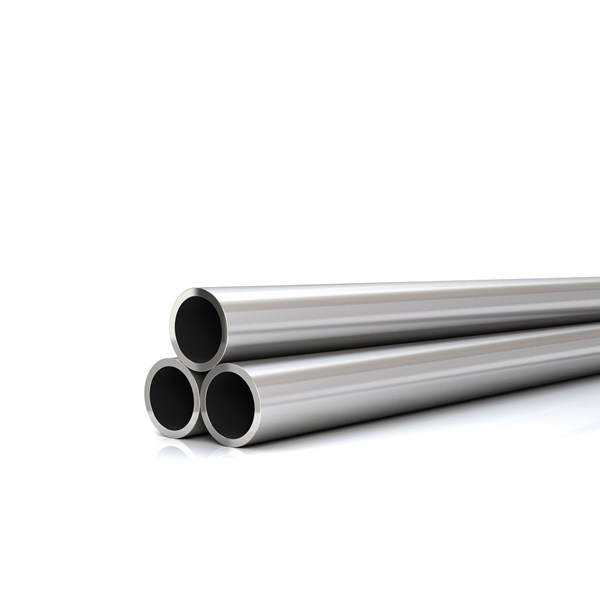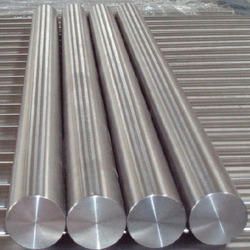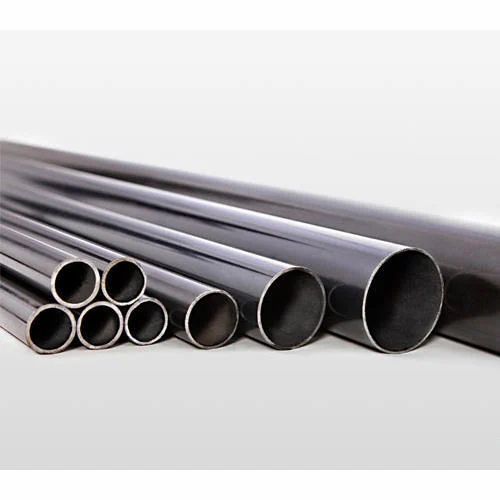Niobium: A Comprehensive Guide

Niobium Tubes

Niobium Plates

Niobium Sheets

Niobium Fittings

Niobium Flanges

Niobium Fasteners

Niobium Coils

Niobium Bars and Rods

Niobium Wires

Niobium Coiled Tubes
Niobium Schedule Chart
| Schedule | Description | Notes |
| 1 | Mining and Extraction | Ore mined from deposits |
| 2 | Refining | Niobium separated and purified |
| 3 | Alloy Production | Combined with other metals |
| 4 | Product Fabrication | Formed into wires, sheets, etc. |
| 5 | Quality Testing | Ensures material standards |
| 6 | Distribution | Supplied to various industries |
Mechanical Properties Chart
| Property | Value |
| Density | 8.57 g/cm³ |
| Melting Point | 2,468°C (4,474°F) |
| Boiling Point | 4,927°C (8,901°F) |
| Hardness | Mohs 6 |
| Tensile Strength | 275 MPa |
| Yield Strength | 250 MPa |
| Elongation | 20% |
Niobium Specifications Chart
| Specification | Description |
| ASTM B393 | Standard for Niobium and Niobium Alloy Bar, Rod, and Wire |
| ASTM B394 | Standard for Niobium and Niobium Alloy Strip, Sheet, and Plate |
| ASTM B884 | Standard for Niobium and Niobium Alloy Seamless and Welded Tubes |
| Purity | Minimum 99.9% |
| Form | Bar, Rod, Wire, Strip, Sheet, Plate, Tube |
| Alloy Types | NbTi, NbZr, NbHf |
Niobium Chemical Composition Chart
| Element | Composition (%) |
| Niobium (Nb) | 99.8 – 99.9 |
| Tantalum (Ta) | ≤ 0.1 |
| Titanium (Ti) | ≤ 0.05 |
| Zirconium (Zr) | ≤ 0.05 |
| Hydrogen (H) | ≤ 0.001 |
| Oxygen (O) | ≤ 0.02 |
| Nitrogen (N) | ≤ 0.01 |
Application Chart for Niobium
| Industry | Application |
| Steel Industry | Enhancing strength and toughness of alloys |
| Aerospace | Superalloys for jet engines, gas turbines |
| Medical | Implants, pacemakers, prosthetics |
| Electronics | Capacitors, superconducting materials |
| Chemical Processing | Corrosion-resistant equipment |
| Nuclear | Reactor components, radiation shielding |
| Automotive | High-strength automotive parts |



